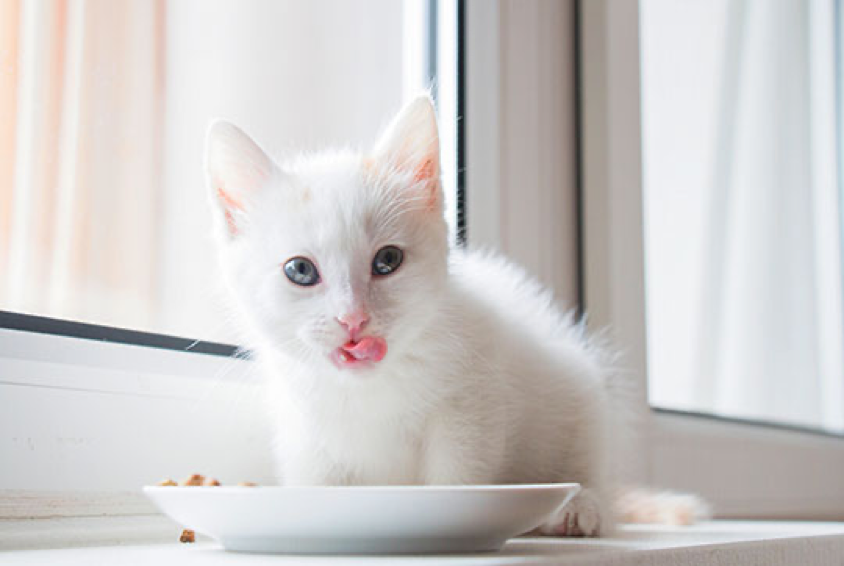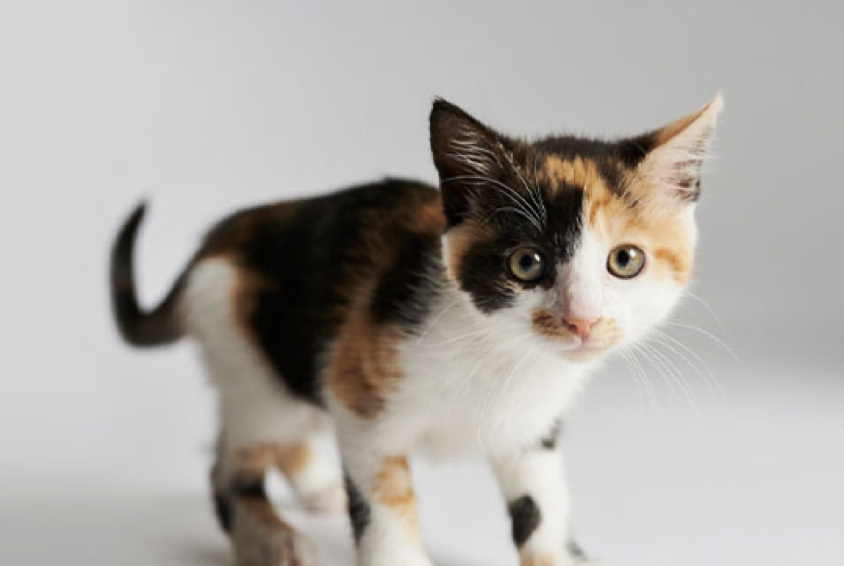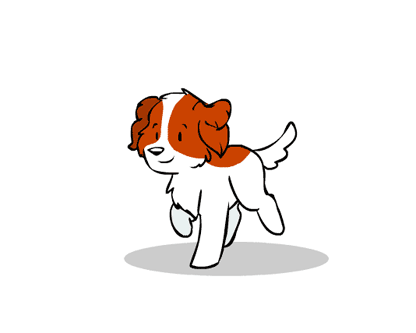Kittens develop very quickly. You therefore need a special kitten food, which will best support you in this sensitive growth phase.
THE DIET IN THE FIRST FEW WEEKS
Shortly after the birth, the mother helps her small, blind kittens to find their way to their teats so that they can start drinking immediately. In the first few days they will receive a special milk (colostrum), which has a particularly high energy content and contains special antibodies. This is a kind of “vaccination” by the mother cat and strengthens the kittens' untrained defenses. From the 4th day onwards, the transition to "normal" breast milk takes place, which is still very nutritious. It creates the conditions for kittens to multiply their weight within a few weeks. However, care must be taken to ensure that the mother receives sufficient nutrition so that sufficient milk is produced. In the first 4 weeks of the kitten's life, they mainly drink and sleep. However, that changes with increasing age: the kittens become more and more active and their energy requirements increase accordingly. Now the mother's milk is no longer enough and a suitable kitten food has to be fed.

GETTING USED TO SOLID FOODS
By the time kittens are around four weeks old, the mother cat's milk production is no longer sufficient to fully meet the kittens' nutritional needs. You should start offering solid foods such as a high quality kitten food.
In the course of the next few weeks, the proportion of kitten food compared to breast milk is slowly increased up to the 12th week of life. However, due to the small stomach, the kitten can only handle small portions. It is therefore important to provide the kittens with four to five meals a day in the initial phase.

FEEDing KITTENS IN THEIR NEW HOME
Most kittens move into their new home between the ages of 12 and 14 weeks. Associated with this is the separation from the mother cat and the siblings. The kittens have to get used to a strange environment and new people. This is quite exciting and stressful for kittens, which is why no new food should be given during the acclimatization phase. It could cause diarrhea or vomiting. Therefore, find out from the breeder or the animal shelter which food the kitten has received so far and stock up on a small supply.
HOW DOES THE FEED CHANGE WORK?
If you want to change your kitten's food, please wait until the kitten has settled in well and has gained confidence. As soon as this is the case, you can increasingly mix the feed of your choice with the previous feed. Start with small amounts and increase the proportion continuously. This allows the young cat's stomach and intestines to get used to the new food. Observe the acceptance: not every change in diet works right away. The transition phase may have to be longer.
HOW OFTEN SHOULD KITTENS BE FED?
To ensure a carefree start, kitten should not be missing anything. The amount of food the kittens eat depends on the breed, age and, above all, temperament. Sleepyheads need less food than daredevils. Cute baby fat has just as little place in kittens as it is in adult cats. It is best to stick to the feeding recommendations on your kitten food. The recommended daily ration takes into account the age and weight of the kitten and should be divided into several servings per day. Start with four to five meals a day and reduce the number to two to three over the course of the first year of life. The transition to adult cat food usually occurs around one year of age.


